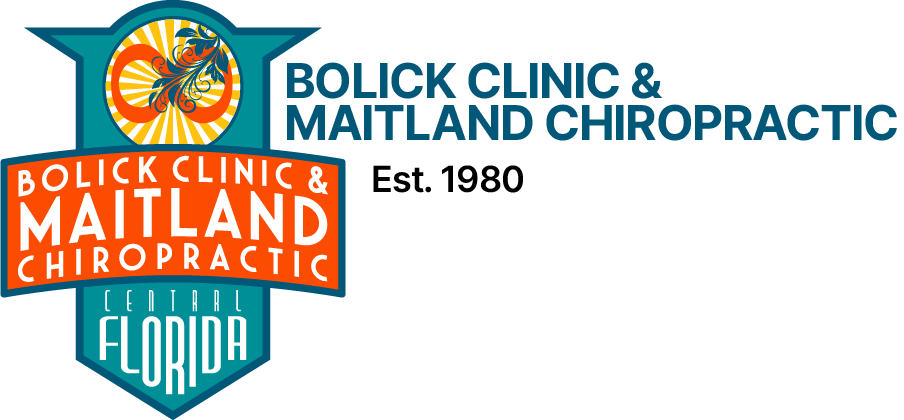Sleep Apnea & DOT Physical
Ready to get your Medical Card updated? Feeling healthy, and you cruised through your last exam? What’s to worry about? Plenty.
If your neck is bigger than 17 inches (16 for woman), or your BMI is 35 or greater, there might be a medical “out of service” in your future. So, let’s see how this can happen, what you need to worry about, and then in conclusion, what you can do to prevent an out of service. Remember over 40% of drivers will meet one of these “criteria”.
WHO CARES ABOUT MY NECK SIZE?
The DOT does, and through regulations being promulgated by the FMCSA, DOT is going to have your neck size and body mass measured. Turns out there is a statistical correlation between your neck size and / or your body mass index, and the likelihood of sleep apnea.
According to the National Institute of Health:
Sleep apnea (AP-ne-ah) is a common disorder in which you have one or more pauses in breathing or shallow breaths while you sleep.
Breathing pauses can last from a few seconds to minutes. They may occur 30 times or more an hour. Typically, normal breathing then starts again, sometimes with a loud snort or choking sound.
Sleep apnea usually is a chronic (ongoing) condition that disrupts your sleep. When your breathing pauses or becomes shallow, you’ll often move out of deep sleep and into light sleep.
As a result, the quality of your sleep is poor, which makes you tired during the day. Sleep apnea is a leading cause of excessive daytime sleepiness.
Sleep apnea often goes undiagnosed. Doctors usually can’t detect the condition during routine office visits. Also, no blood test can help diagnose the condition.
So, drivers need to be proactive. If your BMI is above 35 or your neck is over 17 inches (16 for woman), you should get a sleep study at least three months before your Medical re-certification is required. Because if you test positive for sleep apnea you will have time to get treatment and prove the treatment was effective at the
time of re-certification.
Unfortunately, this is the new reality of regulation in truck driving. CDL drivers need to be vigilant, both when
they drive and when they negotiate the maze of regulations inherent to the industry. Make sure you pass this information along to fellow drivers, as a medical out of service can break most people’s finances. They’ll be sure to thank you.
Home Obstructive Sleep Apnea testing is offered through vendors like Apnea Med and kits can be purchased
online www.apneamed.org or iSleep www.isleephst.com
DOT Physicals for $59
National Registry #: 5724319540
Certification Test Expiration: 05/23/2024
Medical Examination Report for Commercial Driver Fitness Determination
- Form MCSA-5875 Medical Examination Form

